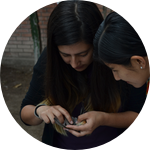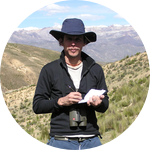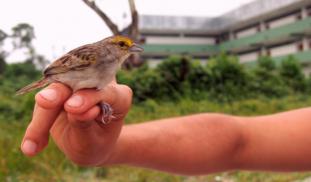Please wait...
About This Project
Most urban ecology research is from the temperate zones. As a Peruvian-American scientist, I'd like to know whether patterns of change in bird biodiversity (like biotic homogenization, the simplification of bird communities) seen in temperate cities are also present in tropical areas. This project, one of my dissertation chapters, will assess how bird communities in the Peruvian Amazon and in the Pacific Coastal Desert change along urban gradients.
More Lab Notes From This Project

Browse Other Projects on Experiment
Related Projects
How do polar bears stay healthy on the world's worst diet?
Polar bears survive almost entirely on seal fat. Yet unlike humans who eat high-fat diets, polar bears never...
Uncovering hidden insect diversity associated with a likely undescribed gall-forming midge
Does a likely undescribed species of gall-forming midge (pers. comm. Ray Gagné) on Eriodictyon plants (Yerba...
Macrofungi of the California archipelago
The eight islands of the California Archipelago are a well-studied biodiversity hotspot — but we know almost...





